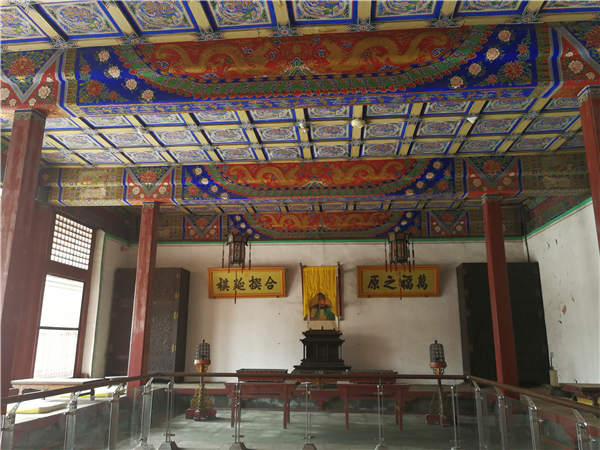 |
|
The interior of Empress Jerjer's palace.
|
The day I visited, early this month, Chongzheng Hall was shrouded in scaffolding because long overdue conservation work was being carried out.
Next on the palace's central axis is its tallest building, the Phoenix Tower, which was Shenyang's tallest building when it was completed. Five "phoenixes" resided right behind this tower, each with their own separate abode. They are Huang Taiji's empress and four highest-ranking concubines. (The emperor had 10 other low-level concubines.)
Each deserves a book of her own. Two were former wives of the last ruler of the mighty Mongol Empire, which at one stage seemed utterly invincible. Both women were obviously consummate political pragmatists. When their husband, Ligdan Khan, suffered a humiliating military defeat at the hand of Huang Taiji and died in 1634 they knew that the best way of protecting their own people was to side with the Manchu ruler-or, better still, marry him. They did so in 1634 and 1635. (Another three of Ligdan Khan's eight wives married the Manchu emperor's brothers and son after their surrender.)
Huang Taiji's other three wives, including his empress, all bore the same surname, Borjigit, and are believed to have come from the same clan as that of the great conqueror Genghis Khan.
In 1614 Jerjer Borjigit, 16, was married by his father, a Mongol royal of the Khorchin tribe, to the Huang Taiji, 22, in a union of political expedience rather than of love. For three centuries, forming an alliance with the Mongols became a national policy, one all Qing emperors pursued and implemented with vigor.

